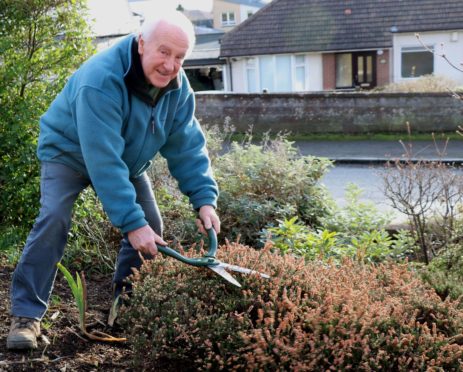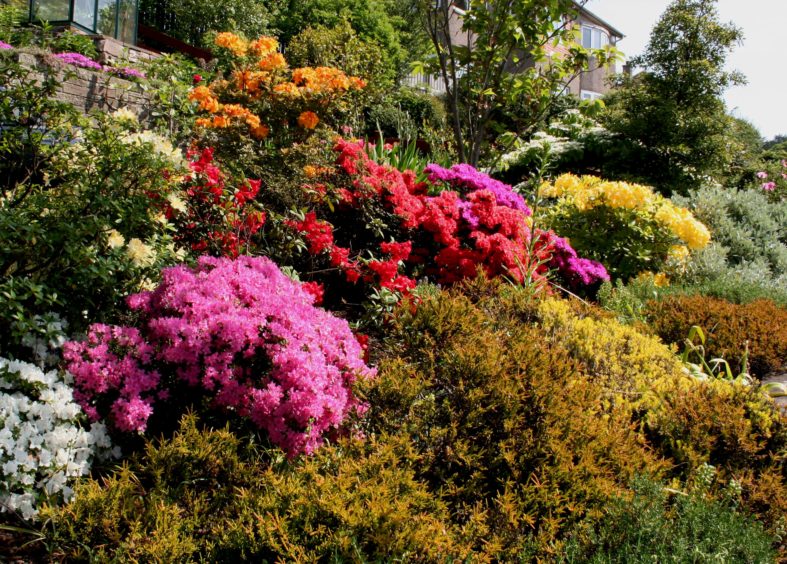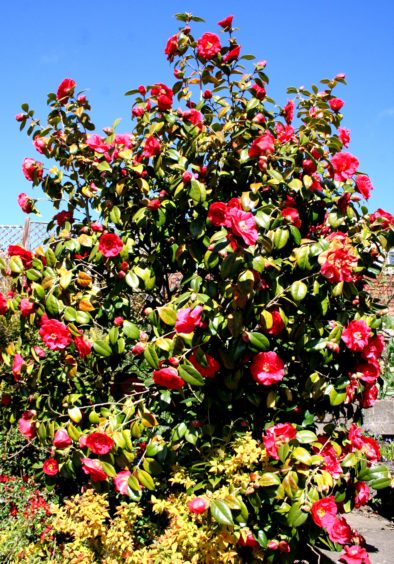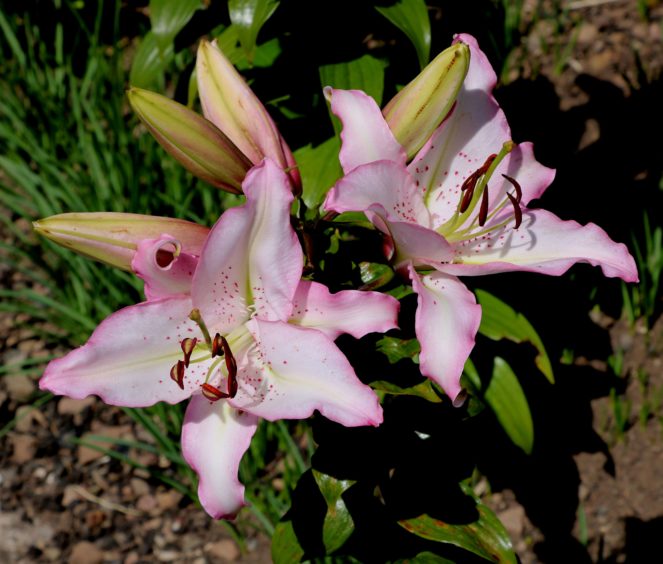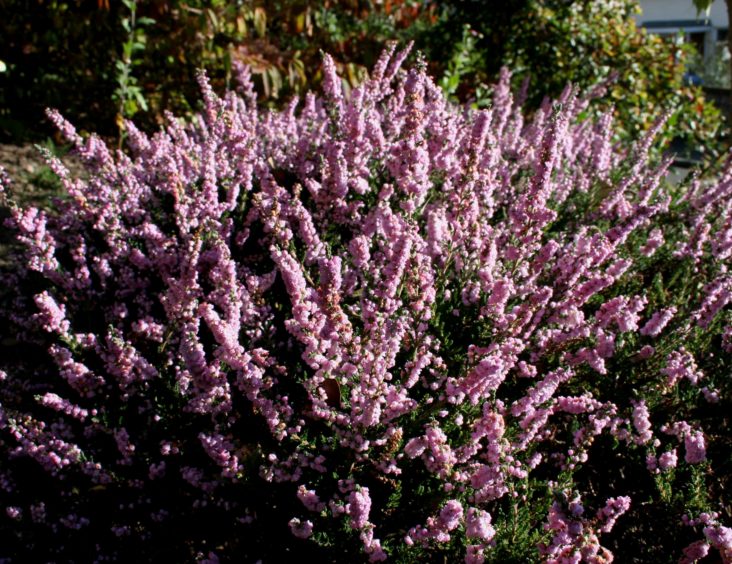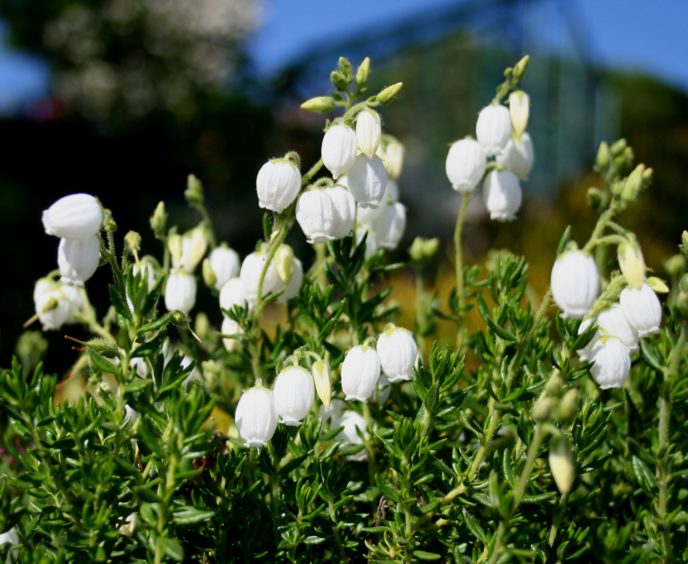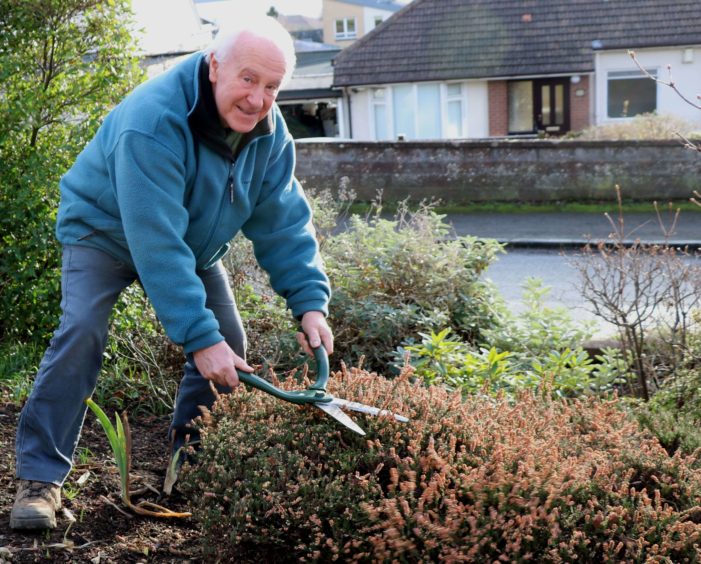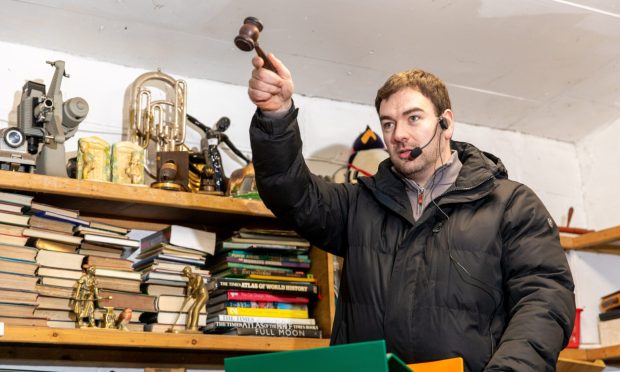I have always grown a few heathers in the garden from way back to apprenticeship days.
They were well used in landscape schemes especially around rock gardens and in parks, and there was always an experienced gardener around to show me how to propagate them from cuttings.
Over the years I found new ones to add to my collection.
Forty years ago I came across Calluna vulgaris Goldsworth Crimson used for landscaping in Darlington where I worked.
It was very popular in the cemeteries and some housing estate borders not liable to theft or vandalism.
The bronze foliage turns a dazzling golden colour after a few frosts. I took a few cuttings and still have the plants forty years later as it is still very eye catching, but to keep the plants from getting too leggy I had to propagate from cuttings every six to ten years or so.
Gold Haze, Beoley Gold and Sunset all have similar golden foliage.
Another must have heather is Calluna vulgaris H E Beale which is a mass of pale pink flowers at the end of summer.
Peter Sparkes is very similar and just as popular.
Then as we get through winter the Erica carnea varieties come alive with pink, red and white flowers.
Heathers are popular today as once planted and looked after they soon merge together to form great ground cover that smother any weeds that try to grow.
However for me they are invaluable as part of my ericaceous border planted together with azaleas, rhododendrons, camellias and for my very attractive specimen tree the white stemmed Betula jaquemontia.
Another plant that fits into this group is the dwarf evergreen Pinus mugo, but then you can extend the range with many more dwarf conifers if space allows. Oriental lilies planted amongst the heathers will add colour and in summer.
Heathers were very popular with hill walkers and ramblers as they covered our hills with massive drifts and when in flower were an unforgettable picture.
Many peoples love of heathers started as they took home a wee memento of their hill walking experience.
If they subsequently died they would get replaced from the local garden centre.
In their natural environment heathers grow on open, usually acid, shallow soils but with good surface drainage.
They look great in drifts as big as the garden can afford.
Before planting prepare the ground by selecting an open sunny area and remove all perennial weeds before digging over and incorporating some leaf mold or ericaceous compost.
Do not use manure and they do not need added fertiliser, other than some bone meal.
Plants which are in pots can be planted at any time of year, but before planting give them a good soaking and after planting water the bed as they do not like dry conditions.
Space the plants about a foot apart or closer if you want an immediate effect.
From spring onwards they benefit from a mulch of leaf mold or ericaceous compost to help retain moisture and keep down weeds till they get established.
Heathers need very little maintenance other than watering in dry weather, keeping weeds down in early life and trimming back shoots after flowering, but do not prune hard into old wood as it will not regrow shoots.
After ten years or so the plants may get a bit leggy, so take cuttings and once they grow into a decent sized plant dig out the old plants and replace them with the young ones.
Heathers can be propagated by layering or taking cuttings in early summer.
Wait until growths are a couple of inches long and then take cuttings just over an inch tall but do not use flowering shoots.
Place the cuttings in prepared lime free compost with added grit or sand burying then half their size and water in well.
Place them in a cool frame but away from direct sunlight.
They should root and be ready to pot up about a year later.
Heathers can also be propagated by layering shoots and covering them with soil and again leave them for a year.
Wee jobs to do this week
At this time of year, when winter takes its grip and gardening can only be done indoors take a few moments to draw up a sowing and planting schedule for the year ahead. Check the sowing dates from last year’s diary and how crops grew and adjust if necessary. Add in any new crops for trying out this year. I also create an annual plan of my allotment plot to scale so I can work out how much plants I can get in. It is also an invaluable tool to plot in a good rotation of crops.
